Biosolids as a Source of PFAS to Wetlands
Principal Investigator(s): Dr. Marisol Sepúlveda and Dr. Tyler Hoskins
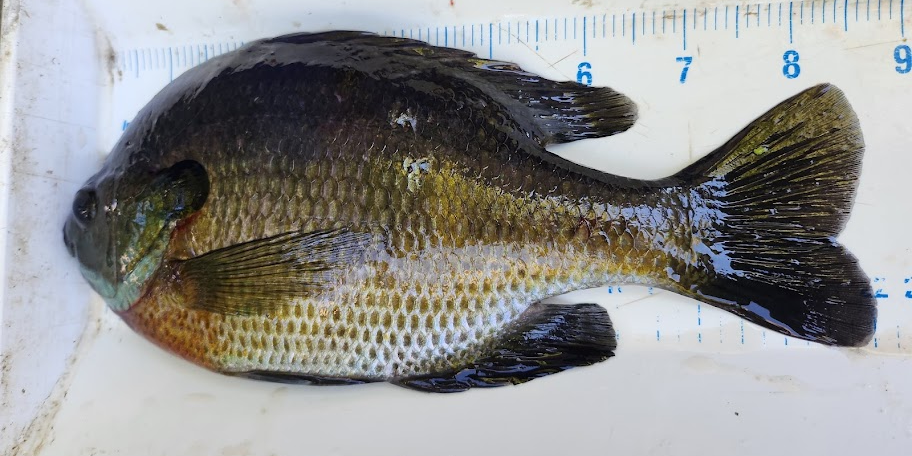
Researchers
 Youn Jeong Choi, Analytical Chemist
Youn Jeong Choi, Analytical Chemist
Purdue Agronomy

Matt Hamilton, Research Scientist & Lab Manager
Purdue FNR
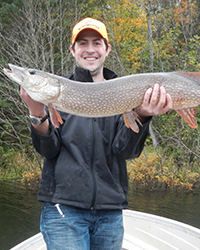
Tyler Hoskins, Research Assistant Faculty
Purdue FNR
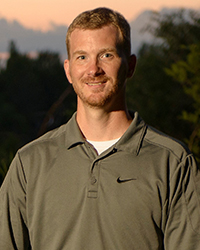
Jason Hoverman, Professor
Purdue FNR
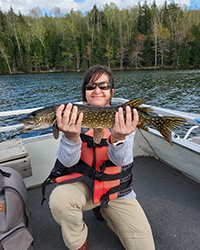
Marisol Sepúlveda, Professor and Associate Head of Research
Purdue Forestry & Natural Resources
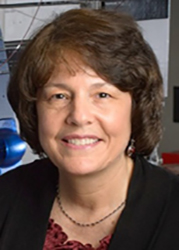
Linda Lee, Professor
Purdue Environmental and Ecological Engineering & Agronomy
 Dana Kolpin, Research Hydrologist
Dana Kolpin, Research Hydrologist
USGS Central Midwest Water Science Center, Iowa
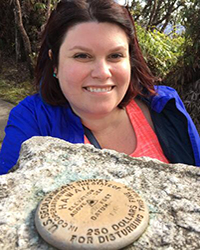 Carrie Givens, Microbiologist
Carrie Givens, Microbiologist
USGS Central Upper Water Science Center, Iowa
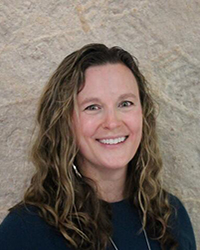 Laura Hubbard, Hydrologist
Laura Hubbard, Hydrologist
USGS Central Upper Water Science Center, Iowa
Research Objectives
Per- and polyfluoroalkyl substances (PFAS) are widespread environmental contaminants. They concentrate in municipal biosolids, which are spread on agricultural fields contaminating wetlands. Some PFAS (referred to as precursors) can be bio-transformed by bacteria and multicellular organisms (like fish) to usually, smaller, and more easily excretable metabolites. However, there is little understanding on the transformation of PFAS precursors in fish and other aquatic biota. In addition, impacts of PFAS precursors to aquatic communities inhabiting these wetlands has not been explored. The central objective of our work is to study the in vivo transformation and ecological effects of PFAS precursors in wetlands. We will combine field and mesocosm studies to address key questions related to PFAS transformation as well as ecological effects on aquatic communities.
- Some PFAS (precursors) can be bio-transformed by bacteria and higher organisms
- There is little understanding on the transformation of PFAS precursors in aquatic biota
- Studying the in vivo transformation and ecological effects of PFAS precursors in wetlands
- Animal models: Crayfish and bluegill


